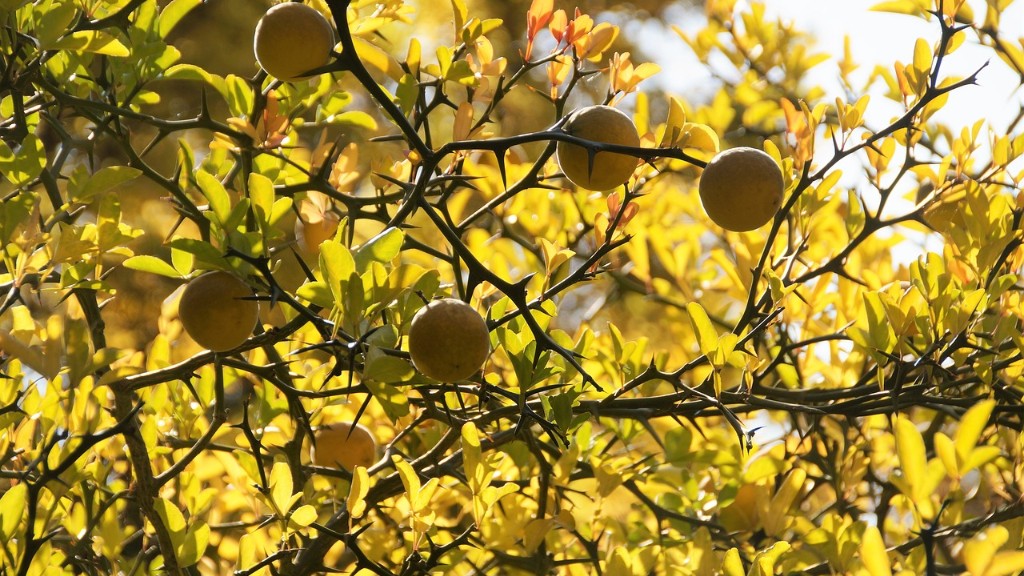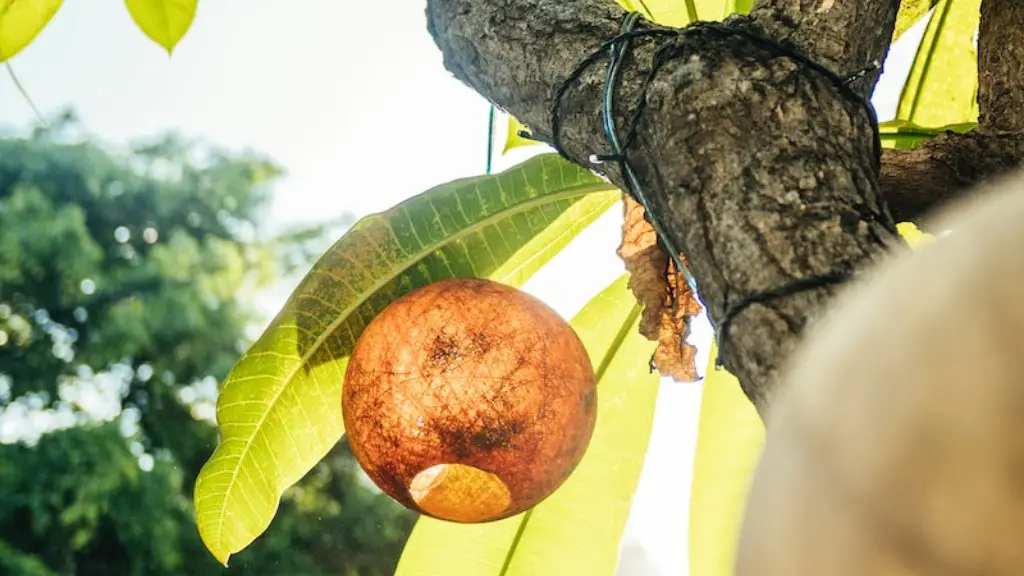Our tropical climate and proximity to the ocean mean that palm trees are a common feature in many backyards, gardens and parks. While these exotic-looking trees can add a touch of luxury and beauty to any space, the question remains: can you burn a palm tree?
The answer, unfortunately, is not a simple yes or no. It is possible to burn a palm tree under certain conditions, but it is not recommended due to the damage it can cause to the tree and its surroundings. Before attempting to burn a palm tree, you should consider the risks, potential damage and local regulations.
Palm trees tend to have particularly thick bark and considerable moisture content, making them difficult to burn. Burning a palm tree is not only an ineffective method of removing it, it can also create a dangerous fire risk.
According to professional arborists, the best way to get rid of a palm tree is to carry out a controlled felling. This method uses a chainsaw to remove the tree in sections, which reduces the risk of damage to property and people.
There are other options available for those who need to remove a palm tree from their home or business property. Depending on the condition of the tree, arborists and tree removal professionals may be able to use other techniques, such as root pruning, lopping or girdling.
It is also important to remember that palm trees are often protected by local regulations. The punishment for damaging or cutting down a protected tree can be severe, so it is important to do your research and seek advice from your local council before attempting to burn a palm tree.
Despite the risks, it is still possible to burn a palm tree. However, it is strongly advised to leave this task to a professional with the necessary skills, experience and proper safety equipment. Professional fire experts, such as those employed by firefighting organisations, can burn a palm tree safely, effectively and without causing unnecessary damage.
Safety Precautions
Burning a palm tree, regardless of the method used, involves high levels of risk. Before attempting any such actions, it is essential to take all appropriate safety precautions. This includes wearing protective gear such as safety goggles, gloves and a face shield, as well as clearing away combustible materials from the area.
It is also important to create a perimeter around the tree and to have a responsible adult supervise the action at all times. Fire extinguishers should be hand and nearby in case of any sparks or flames.
Firefighting Equipment
If you do decide to burn a palm tree, it is essential to use the right equipment. Professional-grade tools such as pressure tanks, hoses and nozzles are essential for safely and effectively burning a palm tree.
It is also important to take into account the size and type of the tree, as this will determine the amount of water needed to put out the fire. Trees with high moisture content will require more water, while those with dry leaves and bark will require less.
Environmental Effects
It is also important to consider the environmental impact of burning a palm tree. Palm trees are an important part of the local ecosystem, and as such, burning one can have a detrimental effect on the local environment.
The smoke and ash produced by the fire can irritate the eyes and throat, as well as containing toxins that can be harmful to animals and plants. Burning a palm tree can also cause air pollution, which can put the local residents at risk.
Alternatives to Burning
It is always best to avoid burning a palm tree if possible. Consider other options such as professional tree removal or pruning. In some cases, it may even be possible to transplant or move a palm tree to a new location.
Arborists can also offer advice on removing palm trees safely and with minimal damage to the tree and its surroundings. If you need to remove a palm tree from your property, it is always best to seek professional advice.



